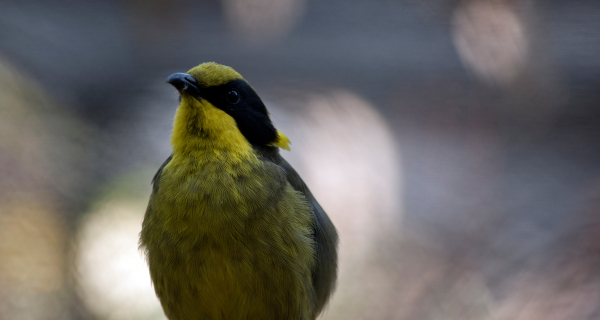
Article supplied by Dr O’Sullivan, Veterinarian, Healesville Sanctuary for The Pet Directory
The critically endangered Helmeted Honeyeater, Victoria’s bird emblem, was once found from Healesville to South Gippsland.
It is now restricted to only two wild populations, one near Yellingbo, 18 km south of Healesville, and the other in Bunyip State Park, 20 km south-east of Gembrook.
Only about 89 individual Helmeted Honeyeaters are believed to be left in the wild (55-65 at Yellingbo and 24 at Bunyip State Park).
Led by the Victorian Department of Sustainability and Environment, other Recovery Team partners are: Healesville Sanctuary, Parks Victoria, La Trobe University, Royal Australian Ornithologists Union, Bird Observers Club Australia and Friends of the Helmeted Honeyeater.

Healesville Sanctuary has released over 100 captive-bred Helmeted Honeyeaters as part of the recovery project.
The long-term aim of the program is to achieve a stable population of at least 1000 Helmeted Honeyeaters along several creek systems of the birds’ former range.
As with many critically endangered species there is still a lot we need to learn about Helmeted Honeyeaters in order to achieve a stable wild population. Dr Kelly O’Sullivan is investigating the health of Helmeted Honeyeaters for a Masters of Australian Wildlife Health through the University of Melbourne. To date there has been very little research in this area and so Kelly’s research should substantially increase the understanding of health issues this species faces.
“Over the last 20 months I have tested blood samples from 50 Helmeted Honeyeaters in order to determine what ‘normal’ health is in this species. Once we know what a healthy Helmeted Honeyeater’s blood should look like it will help us better understand when the birds are sick,” says Kelly.
Dr. Kelly has also been analysing historical data and reviewing the health issues Helmeted Honeyeaters have had since the Recovery Program began 17 years ago.

“The information I have found through my research has the capacity to improve the understanding of the survival and the ultimate success of the wild colonies of Helmeted Honeyeaters.” Dr O’Sullivan
One of the main aims of the project has been to assess the health of Helmeted Honeyeaters, bred at Healesville Sanctuary prior to release, or re-introduction to Tonimbuk (Bunyip State Park) and Yellingbo and then to monitor the health of the birds post-release. She has compared the health of captive birds to wild birds and compared these to the Yellow-tufted Honeyeater to see if there are any differences. She is identifying and describing the coccidia (Isospora) which is a type of parasite and ectoparasites such as feather mites, ticks and flat flies. The coccidia, feather mites and flat flies are all new discoveries in Helmeted Honeyeaters.
The information I have found through my research has the capacity to improve the understanding of the survival and the ultimate success of the wild colonies of Helmeted Honeyeaters. My findings will be communicated to the relevant zoological institutions working with this species in the hope of establishing guidelines for evaluation of the health of Helmeted Honeyeaters. Ultimately, I hope my research will build valuable knowledge about this endangered species to continue to enhance the success of the Recovery Program.


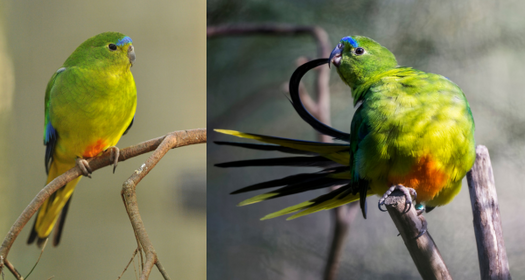
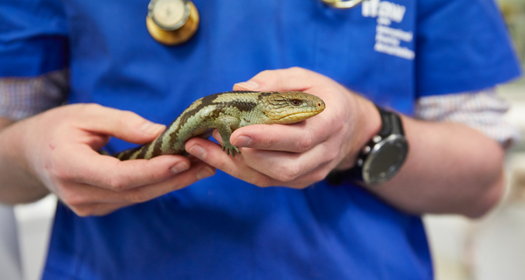
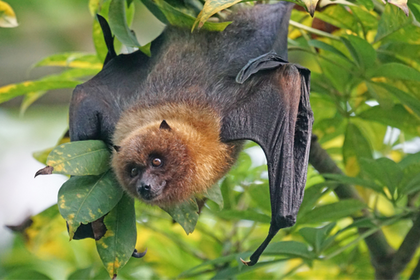

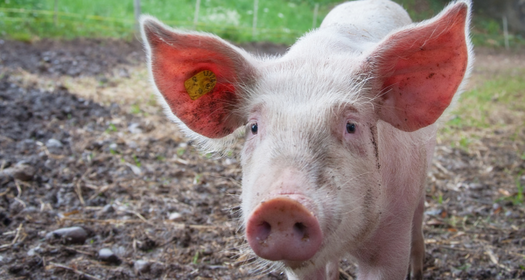




Leave Comment Below